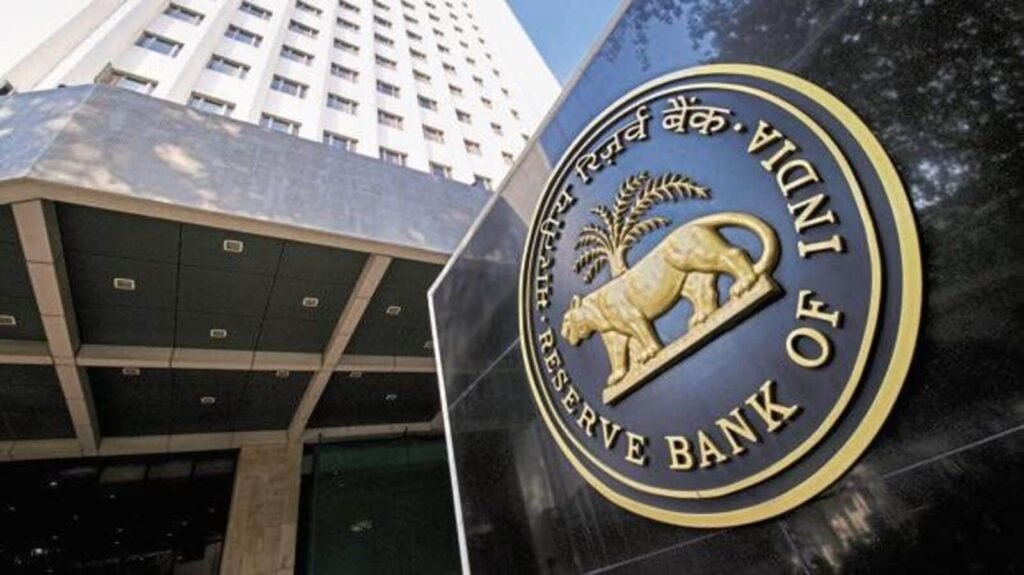Rang De, Faircent face RBI scrutiny in crackdown on peer-to-peer lenders

While the RBI’s RTI reply showed its enforcement department issued show-cause notices to four platforms, the person told Mint that the regulator’s banking supervision department issued notices to two platforms.
“The enforcement department has initiated action against four more NBFC-P2P lending platforms. The details of violations by these firms cannot be shared at this stage as it would impede the enforcement process,” the banking regulator said in its reply to the RTI filed by investment awareness platform ALT Investor’s founder Yash Roongta.
According to the person cited above, the enforcement department’s notices are related to non-compliance, while those issued by the supervision department are related to licence cancellations.
For instance, Monexo has been asked to show cause for not meeting the net worth requirement. In Finzy’s case, the notice is for failing to review the fair practices code and not conducting the annual review of partners.
The banking regulator was still contemplating whether to impose any fines on the fintechs, said an executive at an NBFC-P2P on the condition of anonymity. “Since some of them have a lower net worth, a fine of ₹2 crore will be a huge burden for some of them.”
Emails sent to the RBI, Faircent, Rang De, Finzy, Lendbox and Financepeer remained unanswered till press time.
The RBI crackdown on P2P lending
The RBI sent out the first set of show-cause notices to P2P platforms in June. In August, it imposed monetary penalties of nearly ₹2 core each on LenDenClub (Innofin Solutions Pvt. Ltd) and LiquiLoans (NDX P2P Pvt. Ltd) for non-compliance with certain provisions of the Non-Banking Financial Company-Peer-to-Peer Lending Platform (Reserve Bank) Directions, 2017 and Guidelines on Digital Lending.
The apex bank found neither platform disclosed the borrowers’ required personal details, including credit assessment and risk profile, to the prospective lenders.
They also disbursed loans without individual lenders’ approval and routed the amounts through a ‘co-lending escrow account’. Further repayments for merchant loans were routed through the nodal account of a third party, which acted as a lending service provider.
On 16 August, the RBI tightened the P2P lending rules to stop fintechs from misinterpreting the existing guidelines. The regulator asked all NBFC-PPIs (prepaid payment instruments) to stop offering any assured returns or credit guarantees and allow the lender to bear the losses on account of borrowers’ defaults, among other changes.
It also asked the platforms to ensure that funds are transferred to the borrower or lender from the escrow account within the T+1 timeline.
The RBI barred fintech investors from investing money into a P2P platform only to be lent to the borrowers of the same fintech, thereby creating a closed user group.
It also asked these platforms not to sell any other investment products and to publicly disclose the overall portfolio performance.
According to industry experts, the RBI’s new rules have brought the industry to a near standstill, with business volume falling nearly 95%. Some companies have paused transactions, while others are looking to diversify their business model to stay afloat.
Roongta said the RBI’s clarification removed the scope for creative interpretation of the P2P rules.
“While most P2P platforms have paused operations to reassess their next steps, some larger players are still not fully complying with the new guidelines—particularly those related to automatic lending, not allowing lenders to select borrowers directly, and providing complete and accurate portfolio performance disclosures on their websites,” he said.
He said if these platforms failed to adhere to the regulations soon, they may face additional fines, which would be detrimental to building investor trust in the asset class.
The Association of P2P Lending Platforms, meanwhile, has urged the central bank to reexamine some of the changes, especially those related to the T+1 settlement. However, the industry is not hopeful of any reversal.
“The requirement for any lender funds not deployed within T+1 to be returned, and all repayments to be directed back to the lender’s personal bank account, might disrupt the intended investment flow. This contrasts with the current option where lenders can choose to reinvest and benefit from compounding, said Mukesh Bubna, chief executive of Monexo Fintech.
“The requirement for platforms to return borrower repayments to lenders’ accounts on T+1 could lead to increased operational costs, which may raise questions about the long-term viability of P2P platforms,” he added.








